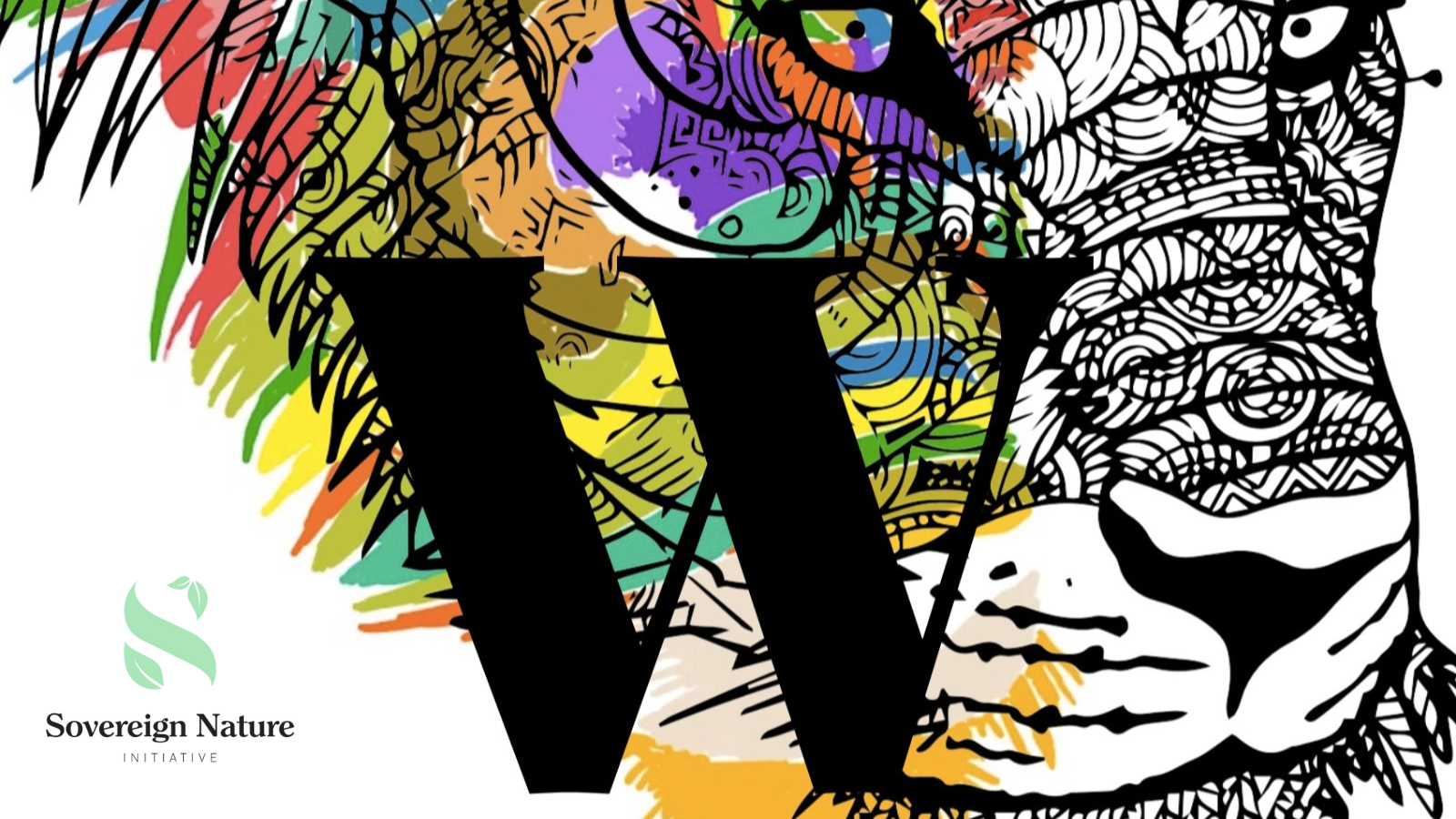Tracing the wild uses Web3 technology to unite nature and humanity
Traditionally, Web3 technology and nature have been viewed as incompatible. After all, we’ve heard the hyperbole about how crypto is terrible for the environment. Over the last couple of years, however, this narrative has begun to shift with the emergence of the Regenerative Finance (ReFi) movement and Ethereum’s recent transition from proof-of-work to proof-of-stake.
A new initiative, Tracing The Wild, builds off this momentum by showing the world that Web3 technology can be a true force to unite nature and humanity, and promote vital conservation efforts.
Connecting nature and humanity with Web3 technology
Nairobi Design Week has been a staple in the local and global design calendar since 2015, and this year, a new collaborative project seeks to unite nature and humanity with the power of Web3 technology.
Tracing The Wild, a collaboration between the Sovereign Nature Initiative, Kenya Wildlife Trust, and Nairobi Design Week, introduced a first-of-its-kinds interactive digital and physical art installation promoting conservation.
The Tracing The Wild initiative visualizes predator data collected by KWT as a series of digital and physical data-based 'portraits' along with interactive artwork. To help audiences comprehend the relationship between lions and humans and the real-time health of nature, data used in the project trace the patterns of lion movement across Kenya’s Maasai Mara region, as well as the animals’ conflict with humans.
The interactive art installation embraces the power of data-driven art, with portraits of lions created by artist Chuma Anagbado being brought to life using data provided by Kenya Wildlife Trust’s tracking collars, along with topographic information and data architecture. The installation is complimented by sounds of the Mara region and stories told by rangers and conservationists.
In addition to the physical installation, a series of digital art collectibles are available until March 19th, with proceeds supporting Kenya Wildlife Trust, Nairobi Design Week, and Sovereign Nature Initiative.
Crypto Altruism’s Founder, Drew Simon, had the pleasure of speaking with Sovereign Nature Initiative’s Director of Creative Engagement, Seth Bockley, about Tracing the Wild, and how technology can be a uniting force between nature and humanity.
Chatting with Sovereign Nature Initiative’s Seth Bockley
DS: How can Web3 help connect humanity with nature?
SB: Most immediately, the Web3 world is a place for citizen science, and decentralized ecological curiosity and creativity. These activities connect humanity with nature directly through research and ecologically inspired artworks and projects reflecting conservation aims. People passionate about ecological health and biodiversity are part of the forefront of technological development. Web3 is not the only technology innovating, of course, but we are aware especially of blockchain’s potential to store eco-data publicly as a way of empowering activists and innovators in the environmental space.
We are interested in helping nature acquire and hold its own value. Inspired by our Tracing The Wild project, an eco-data sculpture about lions now on display at Opportunity Factory in Nairobi, Kenya. I especially believe that ecological data can tell stories about nature in new ways, and that creatives empowered with this data can create stories that inspire humans to be better nature stewards, and to contribute materially to conservation efforts.
“We aspire to build a system in which animals and other nonhuman life can share in the benefits that come with economic growth and prosperity.”
DS: The current economic system is often viewed as a zero-sum system of winners and losers. On your website, it mentions how “We seek to open minds to radical approaches toward sustainability and to make nature's agency profitable for all.” How can Web3 shift traditional economic narratives and build a system that is profitable for all while driving sustainability and regeneration?
SB: We aspire towards acts of radical economic, scientific, and artistic disruption and we believe in the abundant value of nature. It seems to us that it’s possible to reimagine value in terms that include the more-than-human world. We aspire to build a system in which animals and other nonhuman life can share in the benefits that come with economic growth and prosperity.
Part of this system is our new platform DEEP — Decentralised Ecological Economics Protocol, a bio-social tech framework that connects online & offline communities who want to transform how societies value nature. Using this tool, digital creatives can bring eco-data to life in virtual worlds, and provide Web3 with ever-changing real information generated by the fascinating dynamicity and complexity of living organisms.
DS: What would you say to artists that are skeptical about the potential of Web3 and NFTs
SB: The skepticism is understandable, it’s a new technology and a different way of thinking about art. One of my favorite artists working with NFTs is Chuma Anagbado, my collaborator on the Tracing The Wild project, who sees power in combining the digital and physical aspect of artworks, and is conceiving of new ways of making public art where democratic ownership of a single piece of art could be shared by many people at a low cost. In a sense I see this type of vision as fulfilling Joseph Beuys’ concept of Social Sculpture. Many of the more utopian dreams of Web3 remain speculative, but I believe in dreaming big, and some of the experiments unfolding are quite exciting. And it’s not a zero sum game. Art can try all these methods. As Gertrude Stein once wrote, “...and then there is using everything."
Support Tracing the Wild
Interested in supporting this incredible project? Collectors can purchase a digital collectible until March 19th, 2023.
Also, make sure to follow Sovereign Nature Initiative, Kenya Wildlife Trust, and Nairobi Design Week to stay up-to-date on Tracing The Wild and future projects.


